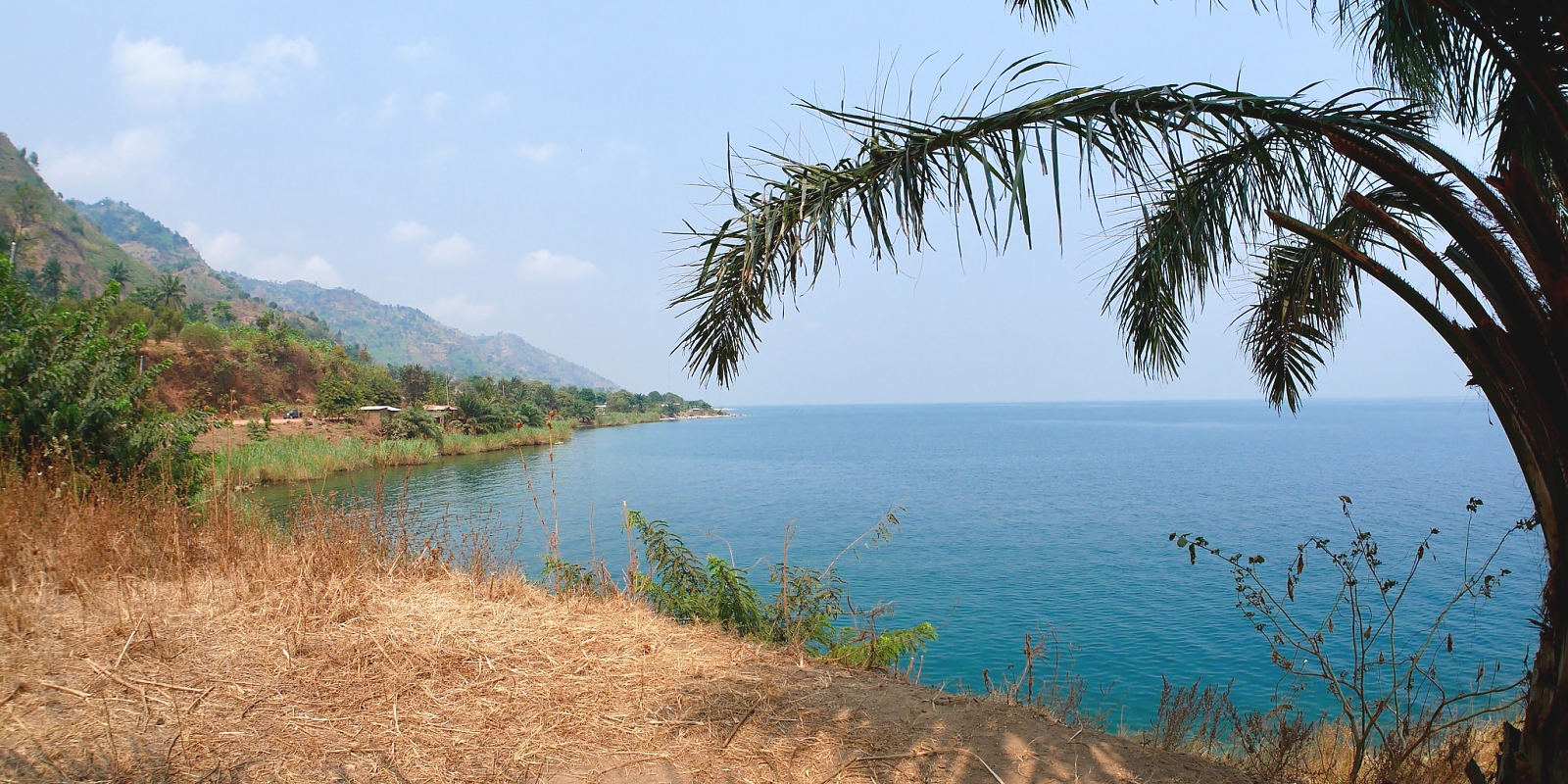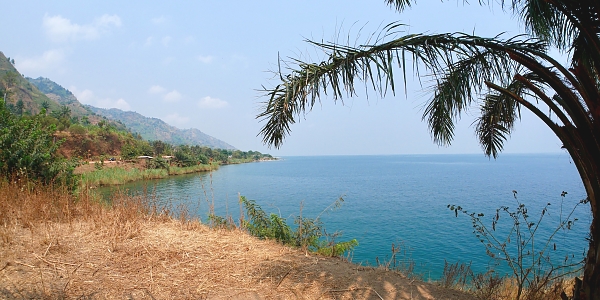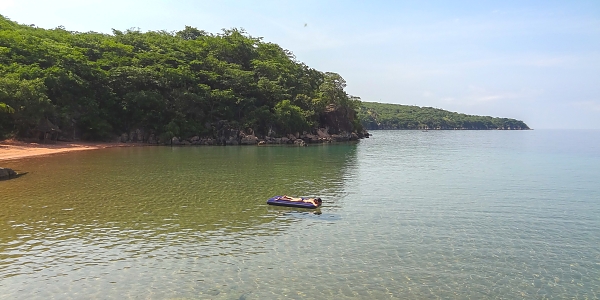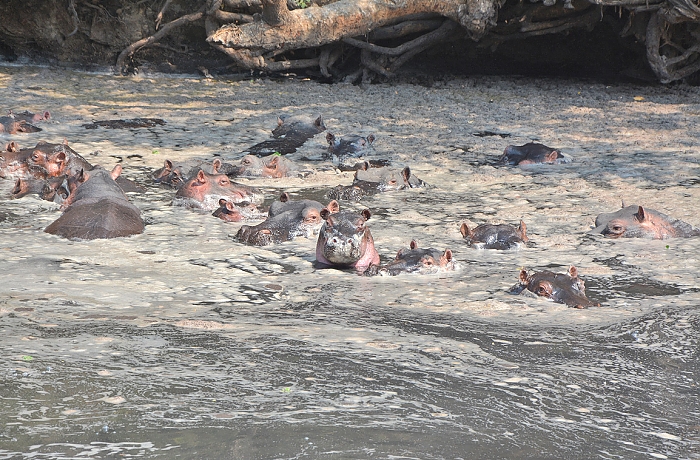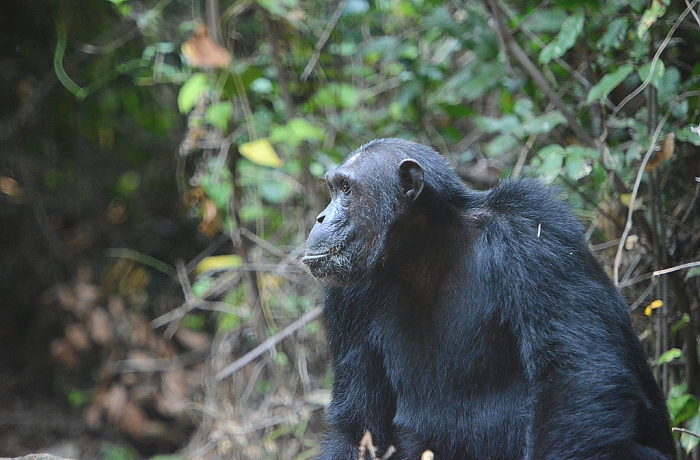Lake Tanganyika
Overview
Of the 214 species of native fishes in the lake, 176 are endemic; the number of endemic genera amounts to 30 in cichlids and 8 in non- cichlid fishes lake of the world.
Its very ancient origin, only competitor by such old lakes as Baikal, and a long period of isolation resulted in the evolution of a great number of indigenous organisms, including brilliantly colored cichlid fishes, well-known gastropods with the appearance of marine snails, and so on. Of the 214 species of native fishes in the lake, 176 are endemic; the number of endemic genera amounts to 30 in cichlids and 8 in non- cichlid fishes.
The surrounding areas are mostly mountainous with poorly developed coastal plains except on part of the east side. Especially on the western coast, steep side-walls of the Great Rift Valley reaching 2,000 m in relative height form the shoreline. The sole effluent river, the Lukuga, starts from the middle part of western coast and flows westward to join the Zaire River draining into the Atlantic.
LAKE TANGANYIKA
Lake Tanganyika lies along the chain of lakes on the bottom of the Western Great Rift Valley, occupying the southern end of the western Rift Valley and bordered by Tanzania, Burundi, Democratic Republic of Congo and Zambia.
Lake Tanganyika is outstanding for its extraordinary north-south extension (677 km) and depth (1,436 m). It is the second largest of African lakes, the second deepest (next to Lake Baikal in central Russia) and the longest lake of the world.
Its very ancient origin, only competitor by such old lakes as Baikal, and a long period of isolation resulted in the evolution of a great number of indigenous organisms, including brilliantly colored cichlid fishes, well-known gastropods with the appearance of marine snails, and so on.



